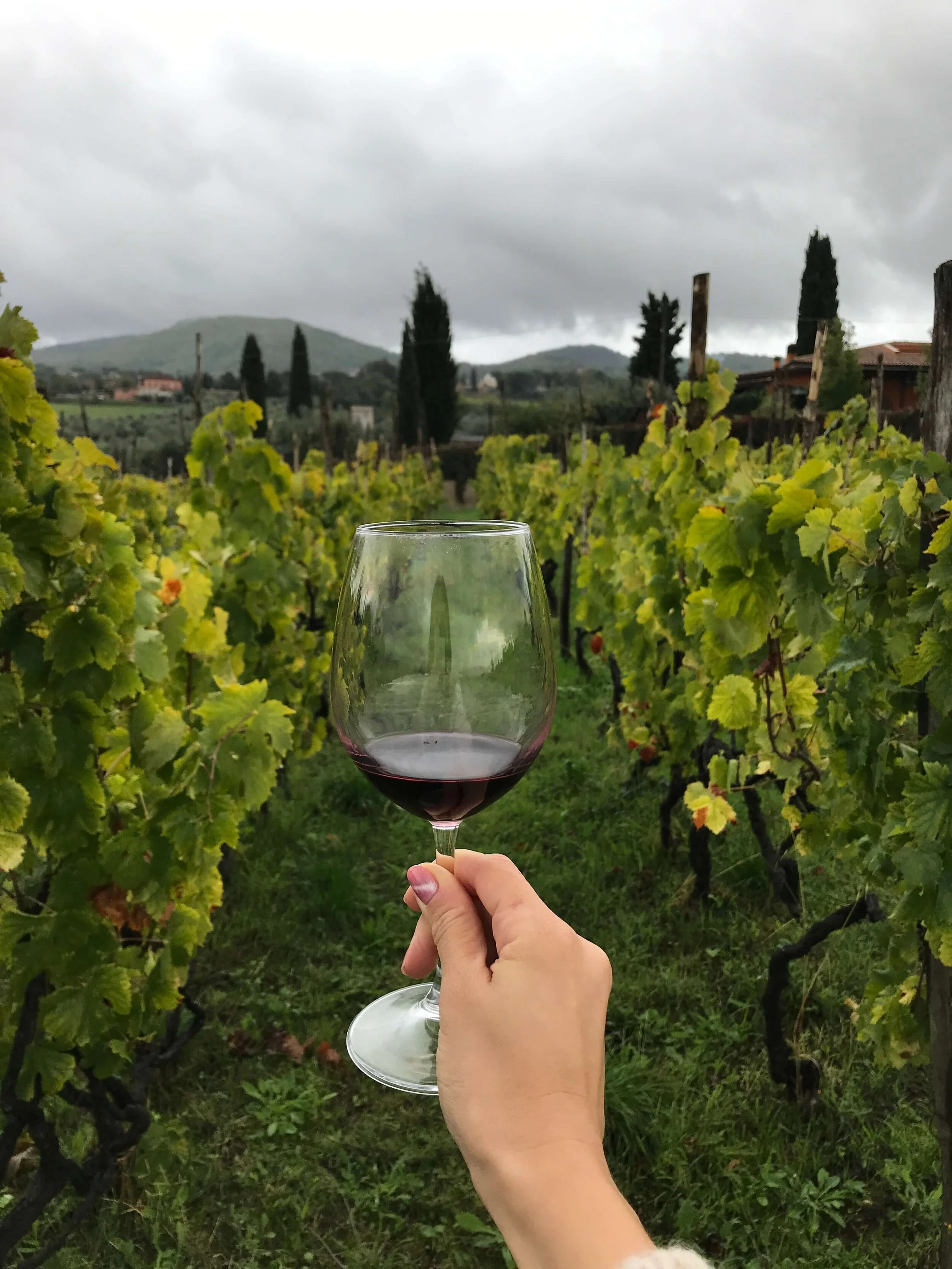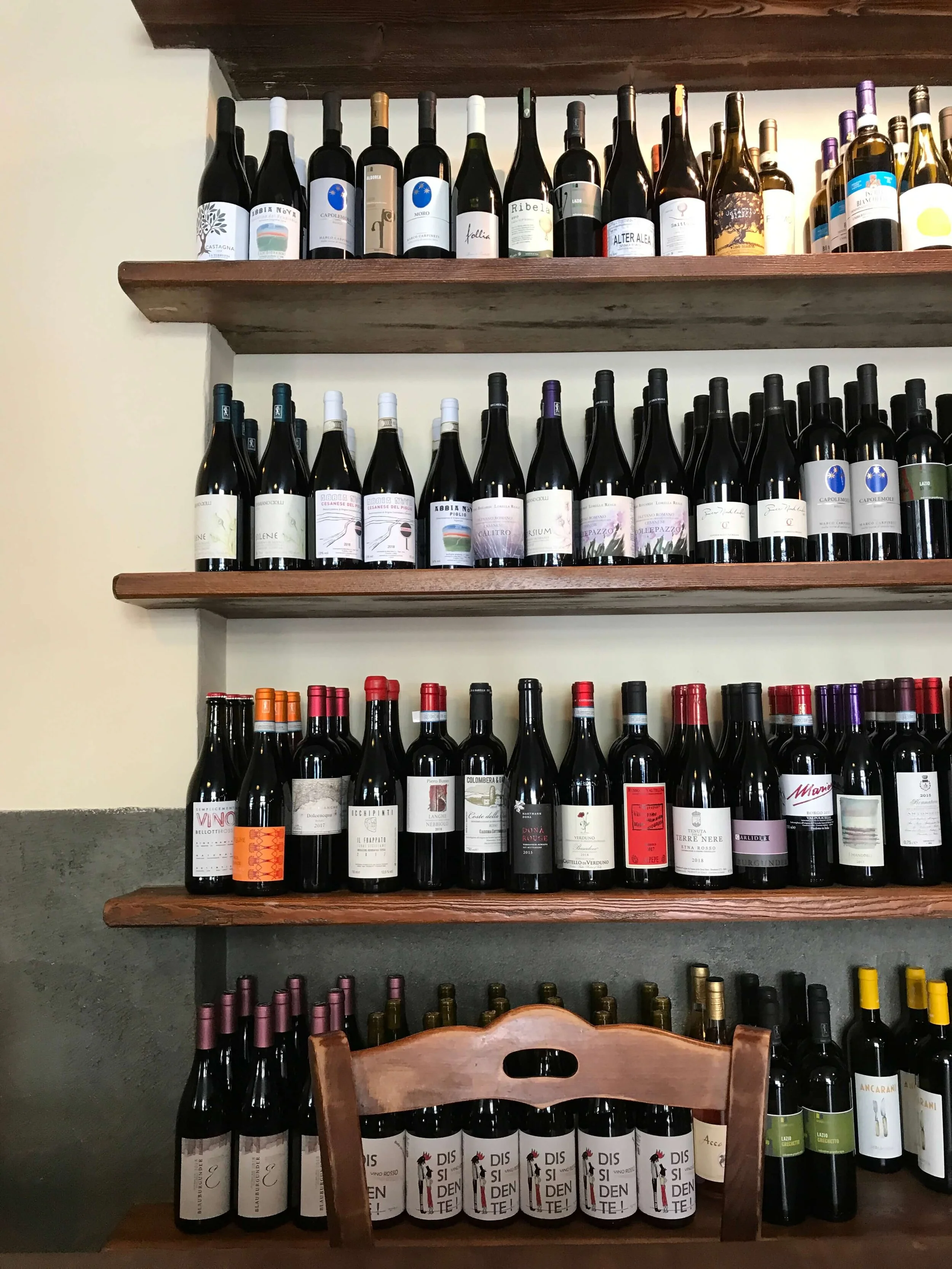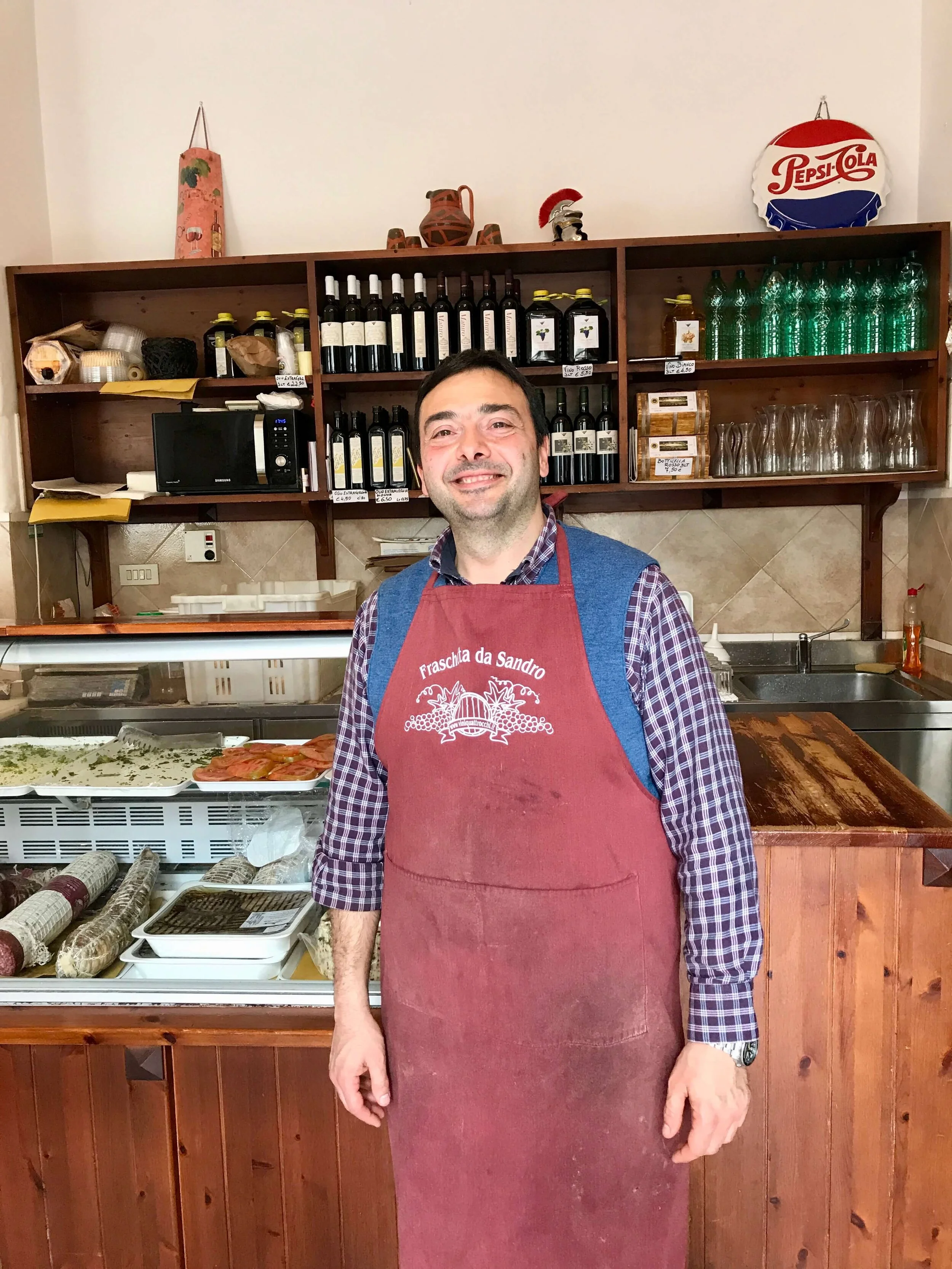A Sommelier's Guide to Lazio Wine
Every region of Italy has something good to pour, yet each region also has its signature style. It seems that the wider wine world adores the rich reds of Piedmont and Tuscany, while forgetting to mention the wonderful wines of other regions. Right here in Lazio, we have 3 DOCG and 27 DOC appellations! There is so much to explore, it’s about time we have a Guide to Lazio Wine to start sipping locally.
If you want to know what traditional Roman dishes to pair with Lazio wine, head over to Evelyn’s blog to see my guest post featuring the top 10 traditional Roman dishes and where to find them in Rome.
History of Wine in Lazio
Being the center of the Roman Empire, it is no surprise that vine growing was widespread. But even before the Romans, winemaking began with the Etruscans here in Lazio. The Etruscans were an early tribe who spread agriculture and winemaking traditions throughout central Italy. Throughout time Lazio continued to grow vines, yet in the 19th century, just like the rest of the country, the region was hit by the pest phylloxera. This changed their choice of vines and wine, although, through much of the 20th century, winemaking in Lazio was focused on quantity rather than quality.
Today Lazio has worked hard to focus again on producing quality wine, highlighting native grapes, and producing noble international varieties.
The Lazio Wine Scene Today
Lazio wines are primarily white and mostly belong to the Malvasia and Trebbiano family. The primary red wine produced is Merlot, yet the signature red wine of the region is Cesanese. 50,000 acres of the land in Lazio are under vine, with about 40% of wine production dedicated to DOC/G designation and 20% to the IGT designation. The rest is simply bulk wine (for cooking, for cheap “sfuso” sale, or for other uses).
Lazio has been seeing some incredible projects popping up in the wine world including a recent promotion of the wines of Latina, through the Strada del Vino project. This initiative includes some very innovative and impressive wineries such as Cincinnato.
Hold on, what is this DOC/G, IGT, etc?
These titles refer to the legal appellation of the wine, each DOC/G and IGT has certain rules, if wine is made outside of the designated regions or rules, it is “without origin” sold as bulk wine.
DOC (Denominazione di Origine Controllata or Controlled Designation Origin) and DOCG (Denominazione di Origine Controllata e Garantita, Controlled and Guaranteed Origin) coincide with the EU title Protected Designation of Origin. DOC has rules about the production area, the amount of wine produced, grapes and vines grown, blends, etc. DOCG has stricter rules and requires a tasting committee and lab analysis to check it.
Sfuso, means mixed, it refers to usually unbottled wine you can buy in a store to refill bottles, it usually is either extra wine from production, or lower quality unable to be labeled.
Lazio Wines Worth Knowing
Est!Est!!Est!!! di Montefiascone DOC
One of Lazio’s most historic and world-famous wines. It was the first wine of Lazio to get DOC status. It is a dry, white wine, that can also be produced as a sparkling wine. These wines are lightly perfumed of apple and have high acidity and are a great choice to pair with Roman appetizers like fried artichokes.
Est!Est!!Est!!! is produced around Lake Bolsena, in the north of Lazio. The lake is an old volcanic crater, providing rich volcanic soils.
These wines are a blend of Trebbiano Toscano (50-65%), Trebbiano Giallo (25-40%), which is another in the Trebbiano family but a different grape entirely, and 10-20% of either Malvasia Bianca Lunga or Malvasia del Lazio (a local Malvasia providing refreshing acidity).
If the wine is produced specifically in Montefiascone it has higher production standards and earns the label classico.
What about the name? In fact, Est!Est!!Est!! has quite a fun legend. It is said that in the 12th century, a visiting nobleman, Johannes Defuk, had his servant try all the local wines to find the best. He was supposed to mark the taverns with an Est if they were worth a stop. When Defuk arrived in Montefiascone, he found 3 “Est!” marking the best wines of the area.
Orvieto DOC
This is another white wine coming from the north of Lazio. Orvieto DOC is a unique designation that covers territory in both Umbria and Lazio. It comes from 60% Grechetto or Trebbiano Toscano, then it can be further blended with other white grapes of the area. However, most are a blend of the two. This is normally a dry white wine, yet a sweet version can be found. It has quite a simple flavor and perfumes, often consumed as a friendly, everyday wine. In general, the blends that include a higher percentage of Grechetto tend to be of higher quality.
This area is particularly prone to a type of “noble rot,” which, when allowed to take over grapes, produces a rich sweet wine.
Frascati DOC, Frascati Superiore DOCG
If you have livered in Rome for some time, you already know that Frascati is producing some tasty wines. What's better than a weekend of wine tasting in Frascati? This area is Lazio’s claim to fame.
But have you ever wondered what exactly are Frascati Wines? There are two DOCGs and one DOC that make up the wines of the area, all grown in volcanic soils.
Frascati DOC is produced from 70% Malvasia Bianca Candia and Malvasia del Lazio, while the better versions use primarily Malvasia del Lazio. They are light-bodied, dry white wines with perfumes of citrus, apple, and flowers.
Frascati Superiore DOCG is produced with the same blend but has higher restrictions regarding vine density and needs to have higher alcohol content. It can also be titled Riserva with at least 12 months of aging. Wines from this DOCG have more depth and character and higher floral perfumes with hints of almond and grapefruit.
Finally, Cannellino di Frascati DOCG is the sweet wine appellation. It again uses the same blend but goes through a process in order to become sweet. It can either be made with noble rot, allowing for a sweeter wine, or through appassimento. Appassimento is a method where grapes are first dried to concentrate the sugars and then vinified.
Castelli Romani DOC
Much like Frascati, this is a local favorite for weekend wine visits. Castelli Romani produces both red and white wines. The white wines are made with a blend of the Malvasias and Trebbianos of the area and are fairly relaxed. The red blend is based on Cesanese, Montepulciano, Sangiovese, Merlot, and Nero Buono. These wines are easy to drink and have a high quantity of production.
Cesanese: Lazio’s Signature Red
There are in fact three DOCs producing this rich, red wine. The Cesanese grape is grown only in Lazio, making it truly unique to the area. Technically, there are two types of this grape: Cesanese Comune and d’Affile. Though they are similar, Affile tends to be considered better quality. It produces fruity, well-structured, and medium-bodied reds. These wines tend to have intense aromas of dark cherry, followed by spicy notes of white pepper, black pepper, and violet.
Cesanese del Piglio DOCG is found to the east of Rome, at the foot of the Apennine mountains. These wines must include 90% of either type of Cesanese. Though not required, some of the best versions of this wine include a short oak aging. They are lightly aromatic and well-structured.
For even higher quality, the wine is available in Superiore and Superiore Riserva (the only one which requires aging).
Cesanese Olevano Romano DOC instead surrounds the town of Olevano Romano, using a minimum of 85% either Cesanese. These wines are quite floral, with a lively minerality that adds a refreshing acidity to the wine, and a tad of fine tannins.
Cesanese di Affile DOC is produced using solely Cesanese d’Affile, at a minimum of 90%. It is a very small appellation that produces the wine in both dry and sweet versions.
Sandro is my favorite wine-maker in Lazio, who also runs a fraschetta in Testacccio where you can taste all of his family’s many wines.
About the Author
Written by Evelyn Hill of Colline alle Montagne, a website with resources for both visitors and foreigners living in Italy. She is a 2nd level Sommelier, currently working on her Italian Wine Scholar. You can follow her here.
Like this article? You can head over to Evelyn’s page to read my Top 10 Traditional Roman Dishes guest post and find out more about Evelyn’s journey studying Italian wines.





